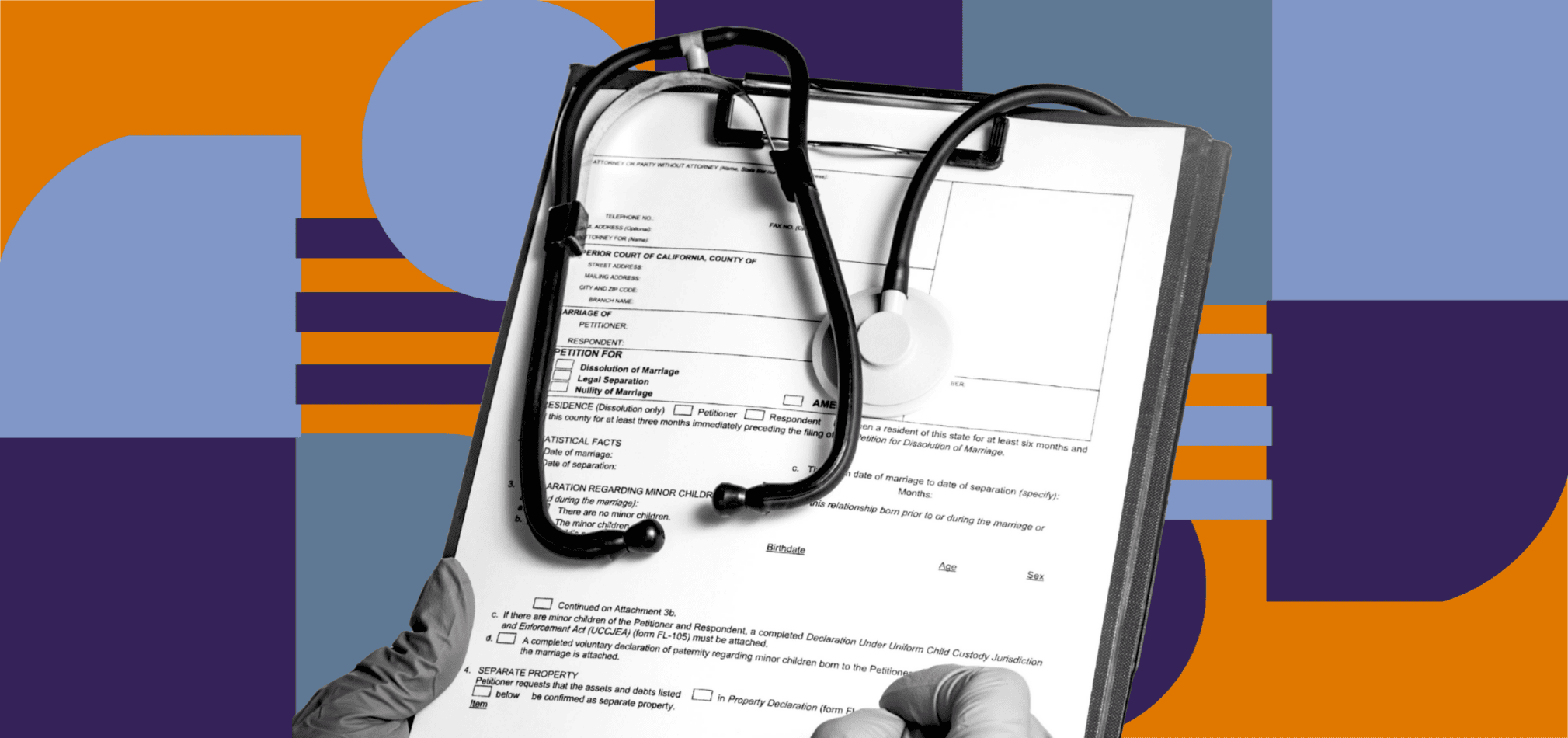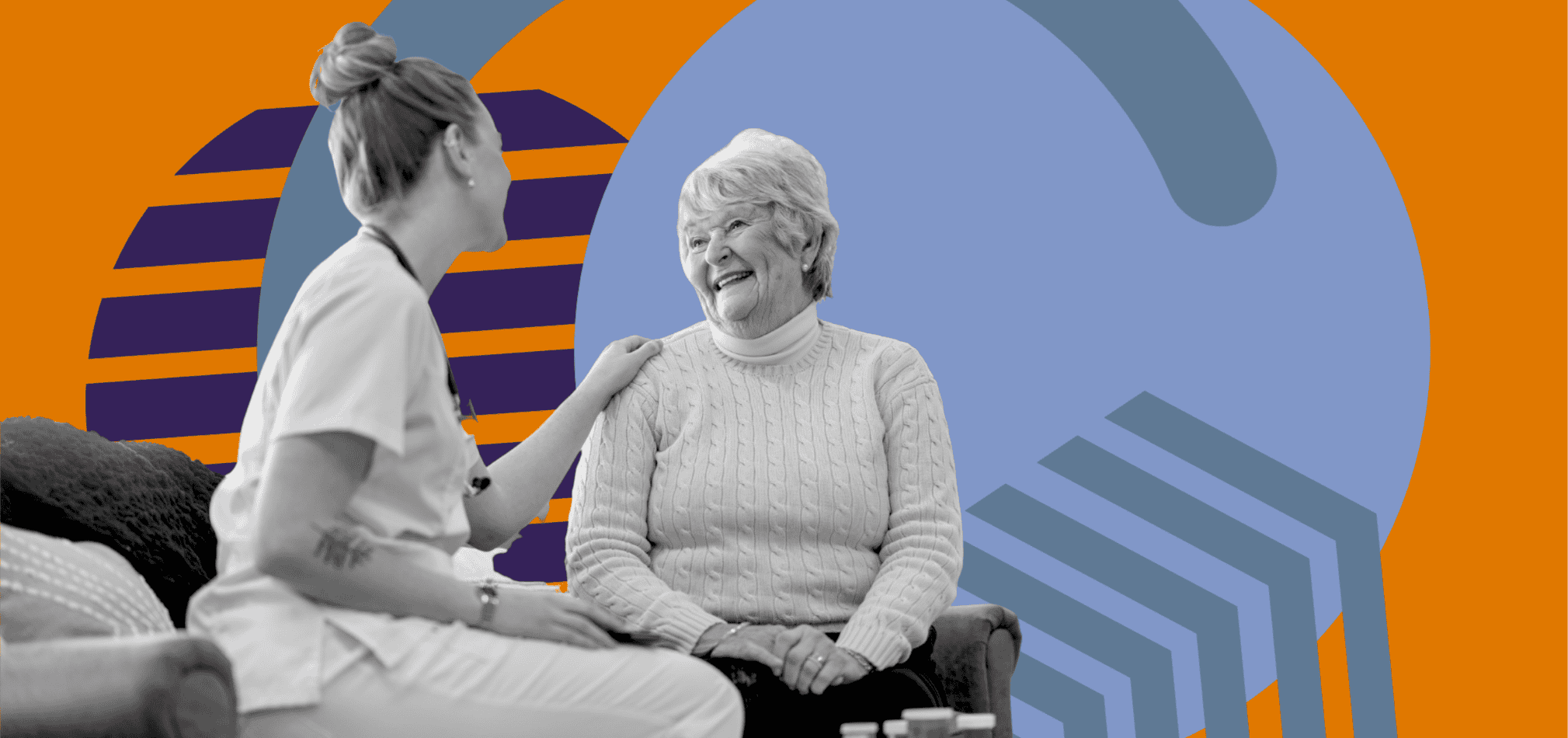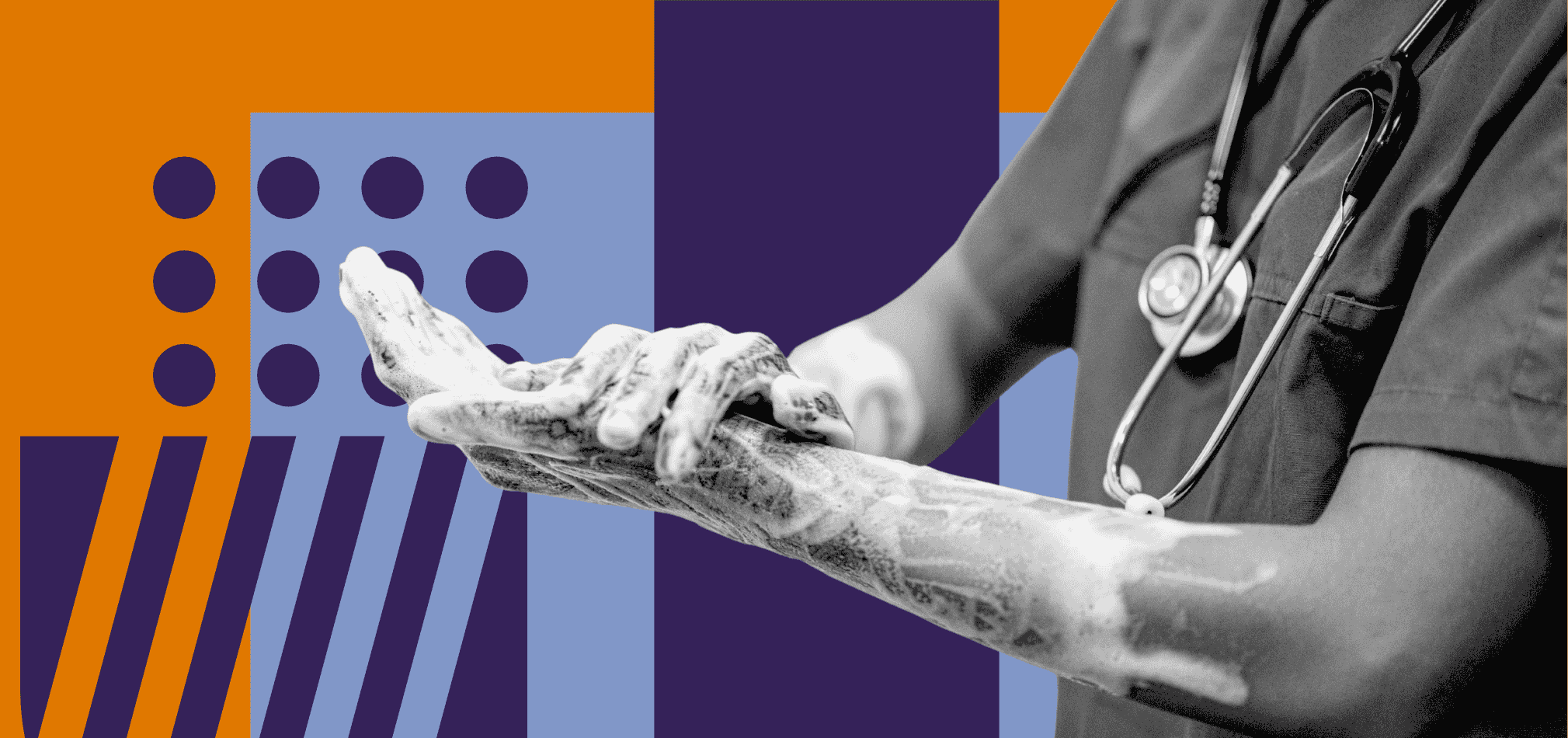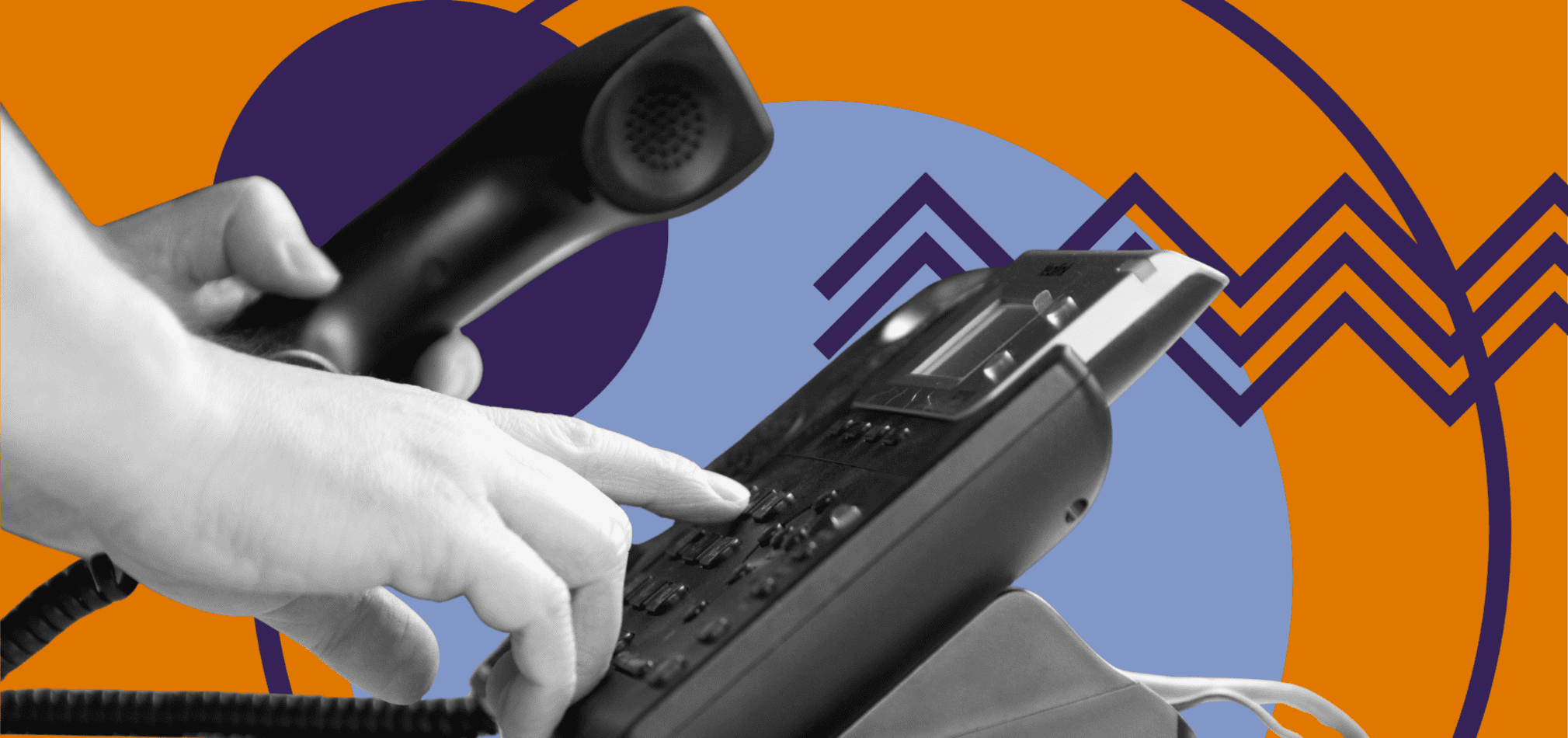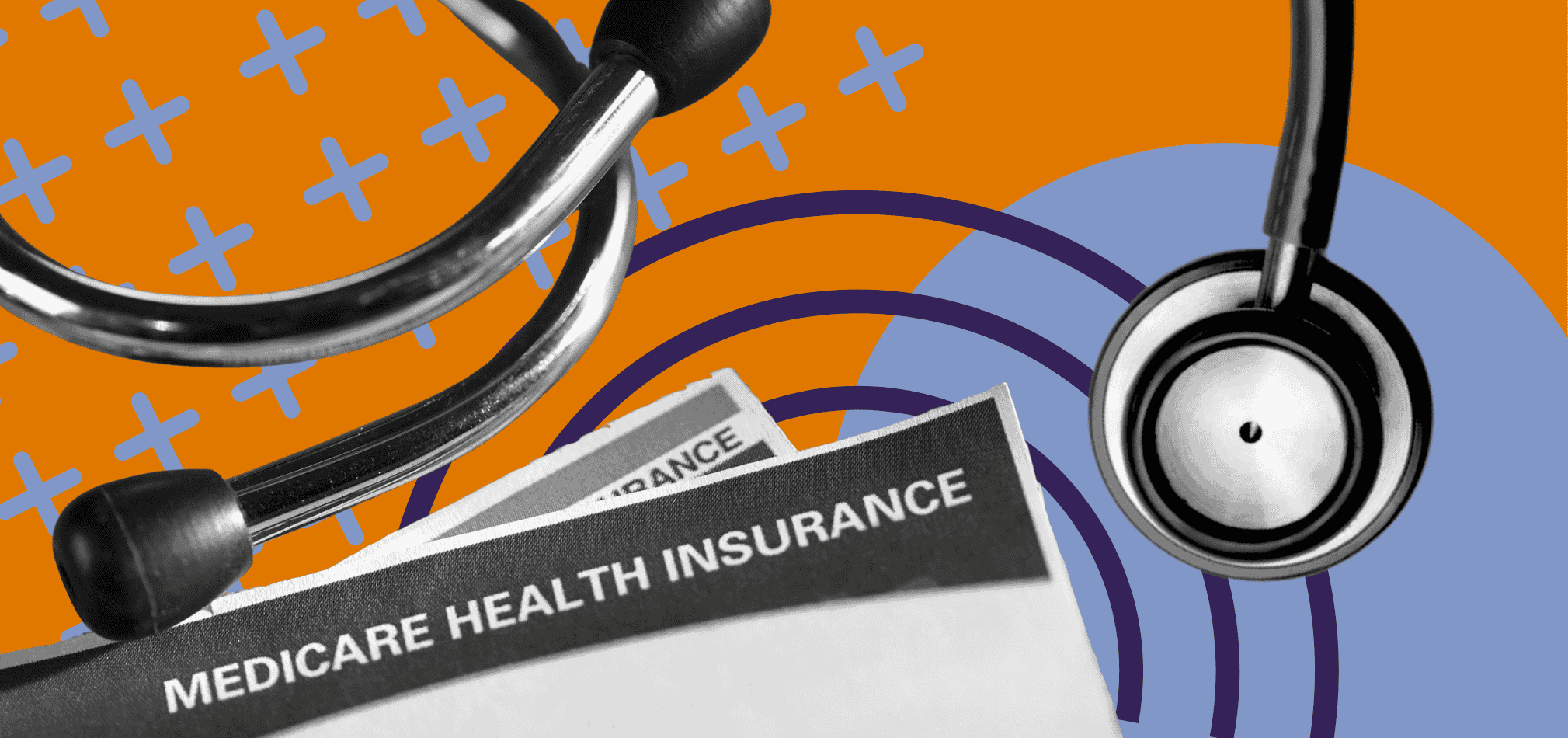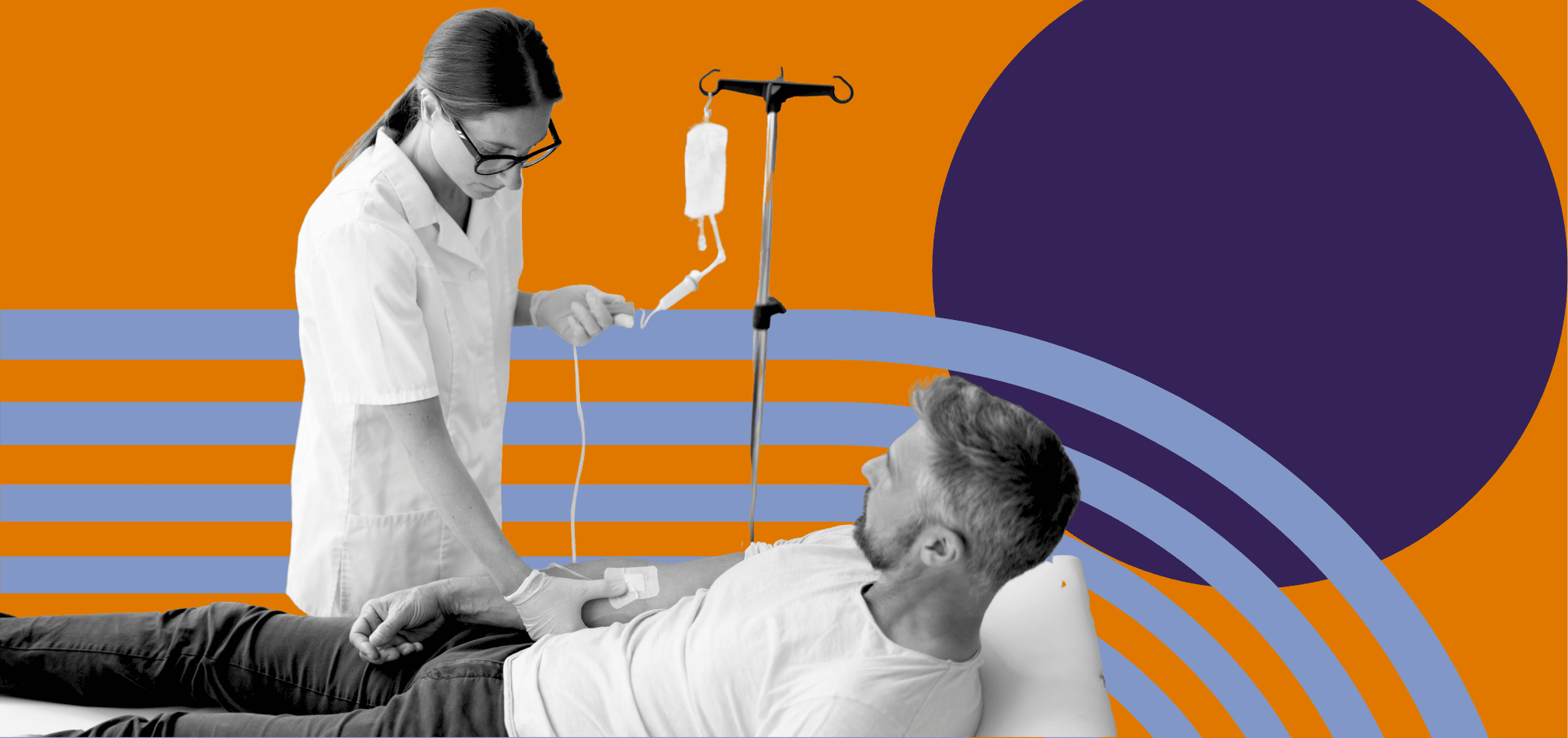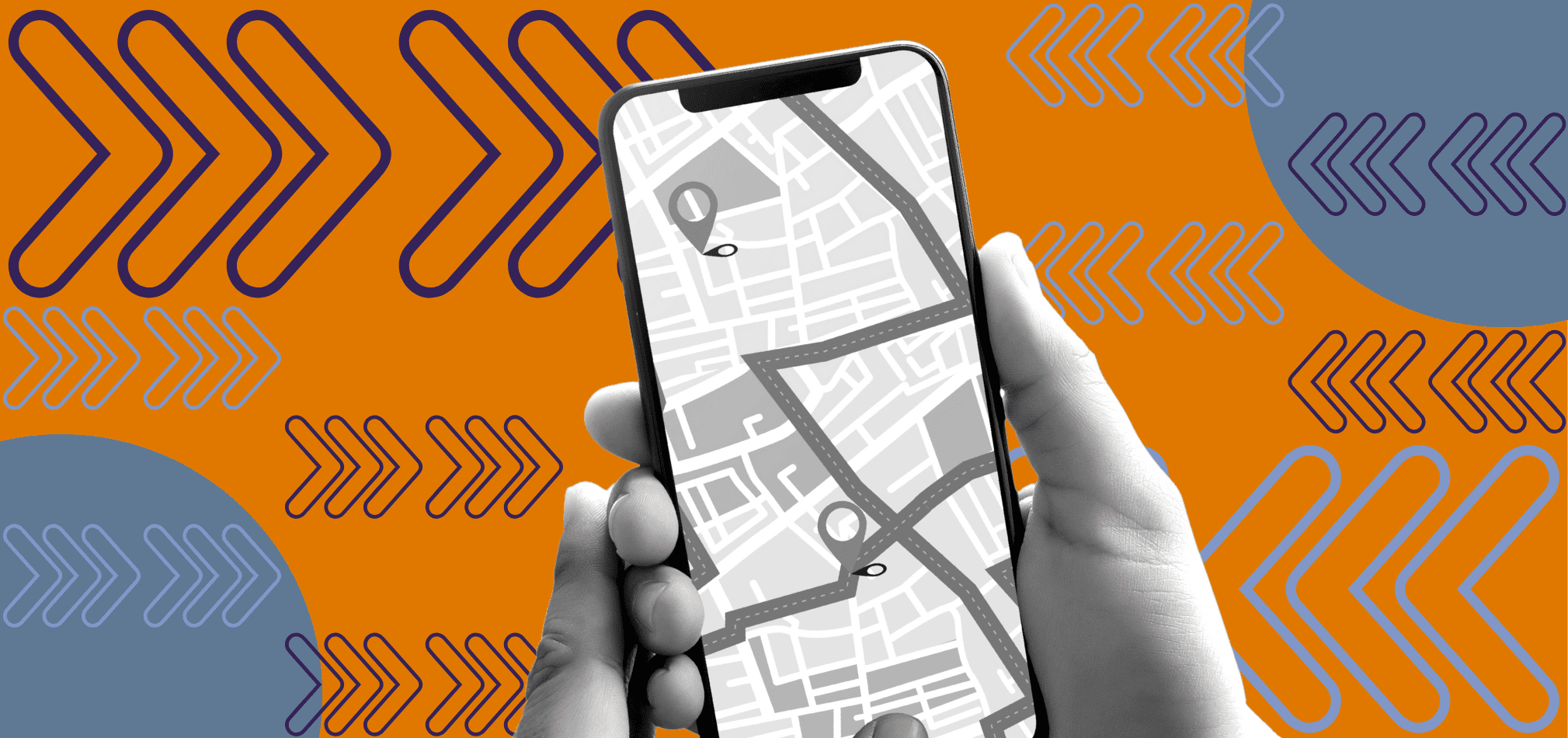What are the 2025 Mandatory OASIS Updates? A Simple Breakdown
July 18th, 2025
5 min read
By Abigail Karl
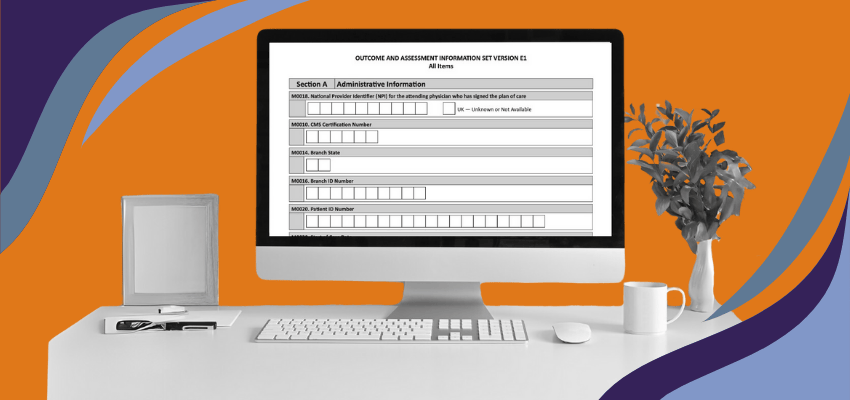
Keeping up with regulatory updates can feel overwhelming for home health agencies. The 2025 mandatory OASIS updates from the Centers for Medicare & Medicaid Services (CMS) bring significant changes. These updates will impact operations, compliance, and patient care. Preparing now is essential.
*This article was written in consultation with Mariam Treystman.
At The Home Health Consultant, we have years of experience guiding home health agencies through regulatory changes. It’s our goal in this article to leverage that experience to provide you with practical and easy-to-follow advice.
This article outlines the key changes in the 2025 OASIS updates. You’ll learn how they affect:
- Care quality
- Reporting requirements
- Value-based purchasing programs
We’ll also provide links to our recommended forms vendor and clear steps to help your agency stay ahead. By the end, you’ll understand these updates and know how to prepare with confidence.
What Are the 2025 OASIS All Payers Reporting Requirement Updates?
The 2025 updates introduce critical changes to OASIS reporting. These changes include:
Mandatory Reporting for All Payers
Starting January 1, 2025, agencies can voluntarily complete and submit OASIS assessments for 100% of patients, regardless of payer. By July 1, 2025, this will become mandatory.
Previously, OASIS was required mainly for Medicare and Medicaid patients. Including all payers ensures uniform data collection across the industry.
Inclusion of All Payors in Outcome Calculations
From July 1, 2025, outcome measures will include data from all payers. This affects agencies’ star ratings and value-based purchasing scores. CMS will apply risk adjustments based on payer type and patient characteristics for fair comparisons.
Alignment Across Post-Acute Care
These changes aim to align home health reporting with other post-acute care settings, like skilled nursing facilities. This creates more fair comparisons and improves insights into all patient outcomes.
Phased Implementation Timeline
Between January and June 2025, agencies can voluntarily report under the new requirements. After this, reporting becomes mandatory, giving agencies time to adjust workflows and systems.
The New OASIS E1 Form for 2025
The OASIS E1 updates from CMS streamline and enhance data reporting. These changes impact patient assessments, quality reporting, and value-based purchasing metrics.
Items Removed
CMS has removed several items from the OASIS dataset, effective January 1, 2025:
- M0110 (Episode Timing) and M2200 (Therapy Need): These items are no longer relevant under the Patient-Driven Groupings Model (PDGM). Agencies relying on these for private insurance payments should review their processes.
- Discharge Goals in GG0130 and GG0170: The "DC Goal" columns for functional items like toileting hygiene, mobility, and eating have been removed. These columns were no longer meaningful as agencies consistently met the requirements.
Items Added
A new item, O0350 (Patient’s COVID-19 Vaccination is Up to Date), has been added. This requires clinicians to document whether the patient is up-to-date with their COVID-19 vaccination at certain points. This includes transfer, discharge, or death at home. Clinicians must verify this information through medical records, interviews, or other sources.
Functional Reporting Enhancements
The Discharge Function Score will replace the Total Normalized Composite (TNC) scores in the Home Health Value-Based Purchasing (HHVBP) program.
These updates aim to ensure fair comparisons across agencies by relying on consistent metrics. Public reporting of these discharge outcomes will begin in 2025, using data collected between April 1, 2023, and March 31, 2024.
Preparing for the Transition to OASIS E-1
Agencies should prioritize staff training on these new data points, and update software systems to capture the required information. Agencies should also make sure clinicians understand the reporting criteria.
By keeping your staff and clinicians educated and updated on changes, you can avoid costly compliance mistakes. CMS emphasizes that accurate and thorough data entry will be crucial for compliance and financial outcomes under the HHVBP program.
What Can We Take Away From the 2025 OASIS Updates?
.png?width=850&height=400&name=Rando%20(3).png)
These updates represent a significant shift in how home health agencies operate and are evaluated. Key impacts include:
- Administrative Burden Reduction: CMS is considering the length of these forms, and removing items that are not necessary for care quality tracking. Less information required means less time spent filling out the form.
- Evaluating Field Staff Cost Increases for Non Medicare Patients: The all payor OASIS reporting requirements mean that agencies now have to complete OASISes on patients of payors that may not have required it before. This can increase evaluation visit rates for patients under these types of insurances.
- COVID-19 May Become a Permanent Part of Infection Control Requirements: Because they're collecting data on this now, COVID vaccines may be incorporated into infection control Medicare Conditions of Participation (CoPs) down the line.
- Improved Care Transparency: Through mandatory all payor reporting, agencies gain a more clear understanding of performance across all patient populations.
- Fair Comparisons: Including all payors ensures evaluations are consistent and fair.
- Enhanced Value-Based Purchasing: Agencies excelling in care across payor groups will perform better under CMS’s value-based purchasing model.
How To Prepare Your Home Health Agency for the 2025 OASIS Updates
To adapt to these changes, agencies should take a proactive approach. Here are a few tips for how you can get, and stay, ahead of the curve:
- Update all OASIS Forms: Update Admission, Recert, Discharge and Transfer packages with new OASIS forms. Agencies documenting directly into software provided forms don’t need to take any action.
All established software create OASIS change updates automatically. If you are not sure if your software has completed these updates, please inquire with their technical support. For agencies using paper based forms, we recommend Briggs Forms linked below under 'Where Can My Home Health Agency Get the New OASIS Sets?'
- Train Field Staff: Ensure clinicians understand how to properly interpret new OASIS questions.
- Update Processes and Systems: Adjust workflows and invest in electronic health record (EHR) systems that can handle increased data volume. Train office staff responsible for care coordination, data entry and submission on mandatory all payor submission requirements.
- Start Now: Use the voluntary reporting period to begin requiring OASIS completion for insurances that previously didn’t require it. Start submitting to address challenges and audit data for accuracy in reporting all payor OASIS data.
- Talk to Your Team: Communicate these changes to staff, leadership, and partners to ensure smooth transitions.
Common Questions About OASIS
After reading this article, you may still have a few questions about OASIS. Here are some commonly asked questions answered to help you feel even more prepared.
Why Is OASIS Data Critical?
OASIS data supports quality improvement, reimbursement calculations, and compliance with CMS regulations. It also tracks patient progress and outcomes over time.
How Will the New Requirements Affect Star Ratings?
Including data from all payors will require agencies to deliver consistently high-quality care across their entire patient population. This broader dataset offers a more accurate performance reflection.
What Is Section GG and Why Does It Matter?
Section GG assesses patient functional abilities at admission and discharge. Accurate reporting is essential for calculating improvement scores, impacting quality ratings and reimbursement.
Where Can My Home Health Agency Get the New OASIS Sets?
The new OASIS forms are not provided to home health agencies. You can purchase the downloadable, fillable PDF forms by going to Briggs Healthcare website. While many companies make OASIS forms, we recommend Briggs because we feel it’s the most comprehensive to Medicare CoPs. They are also easily editable and accessible PDFs.
Each set costs $110. We’ve linked the Start of Care, Recertification, and Discharge form purchase pages below for your convenience.
Most home health softwares have their own version of OASIS forms built in. However, not all software supports apps for mobile devices. OASIS forms contain a lot of information. Meaning it’s not a form your clinician can fill out easily after the visit from memory.
This is another reason why we recommend the Briggs forms. It’s easier for a clinician to visit the patient with a physical form in hand, than to try to track and file information after a visit.
Everything You Need to Know About Mandatory OASIS Updates in 2025
The 2025 mandatory OASIS updates mark a pivotal shift in the home health industry. By expanding reporting requirements to all payors and aligning calculations across care settings, CMS aims for more transparency, fairness, and quality.
While challenging at first, these changes offer opportunities to improve operations and outcomes. With thoughtful preparation, home health agencies can thrive in this new era of accountability.
Compliance with these updates isn’t just about meeting regulations—it’s a critical step toward excelling in Value-Based Purchasing. Explore how these changes can impact your agency in our article on 2025 Value-Based Purchasing updates.
*Disclaimer: The content provided in this article is not intended to be, nor should it be construed as, legal, financial, or professional advice. No consultant-client relationship is established by engaging with this content. You should seek the advice of a qualified attorney, financial advisor, or other professional regarding any legal or business matters. The consultant assumes no liability for any actions taken based on the information provided.
Topics:





